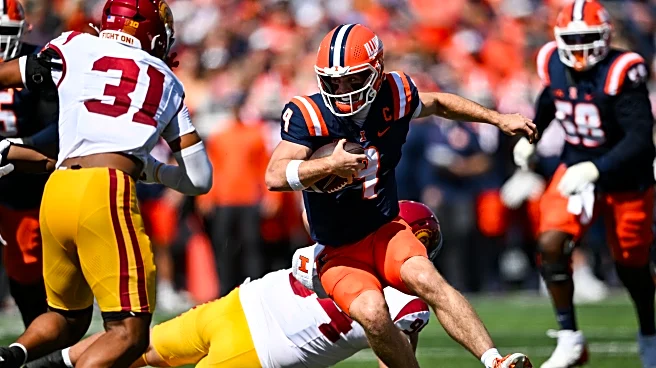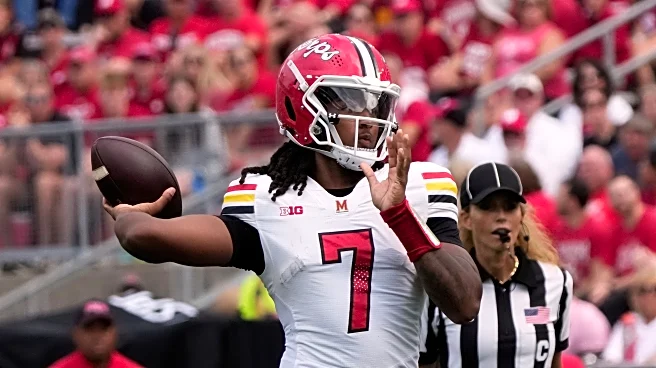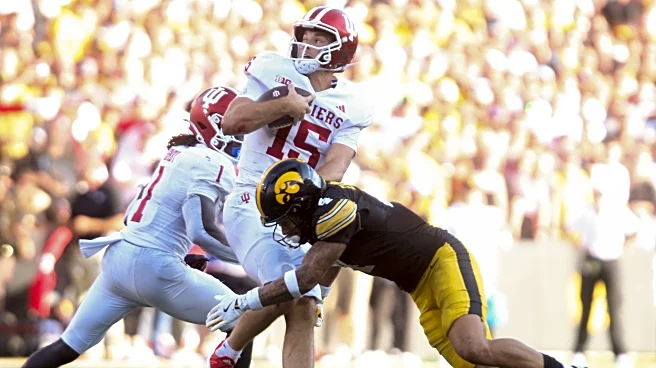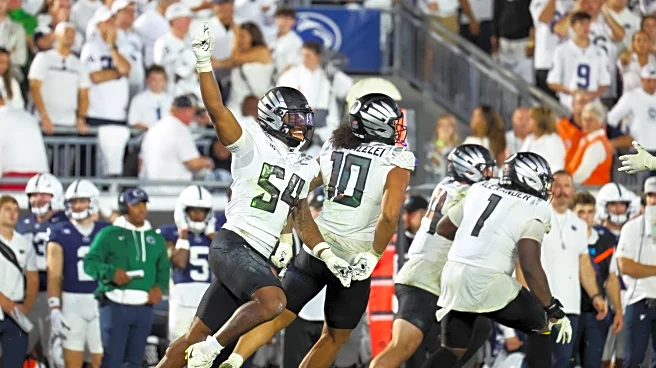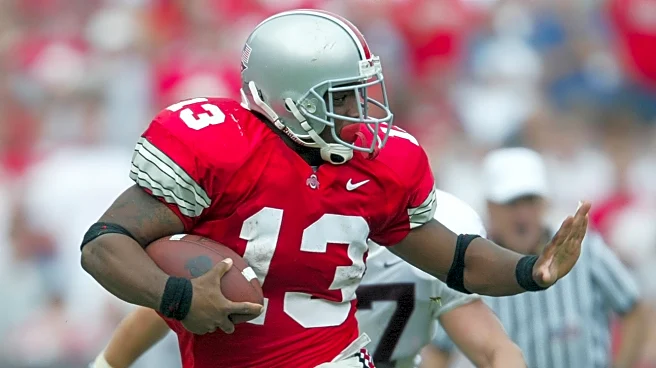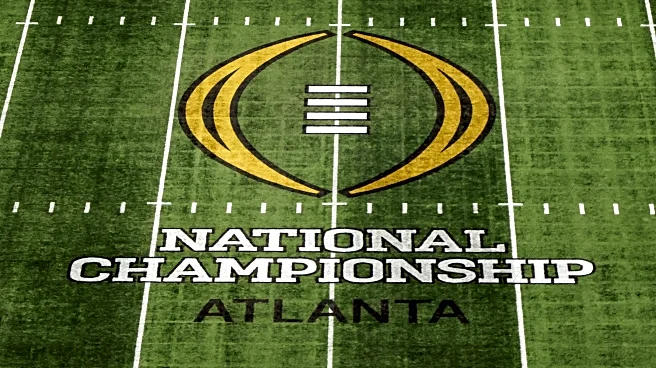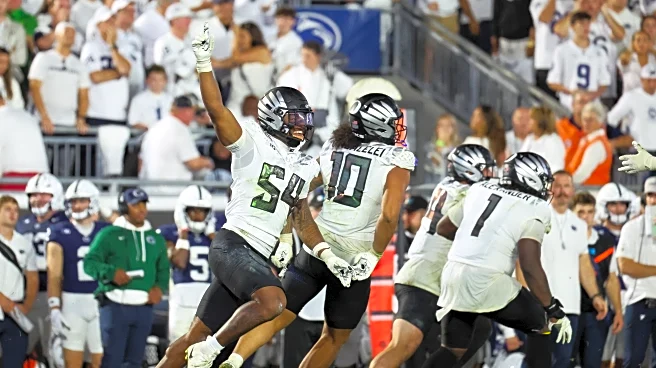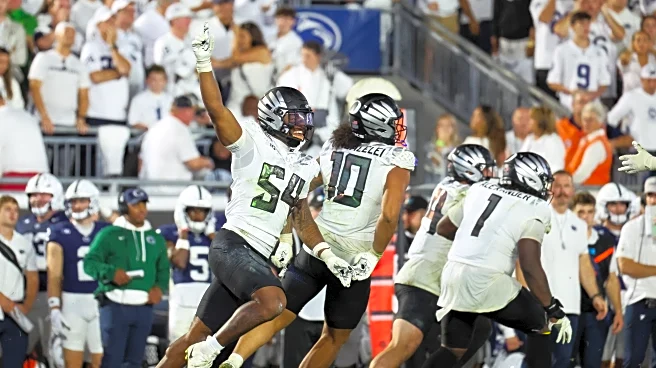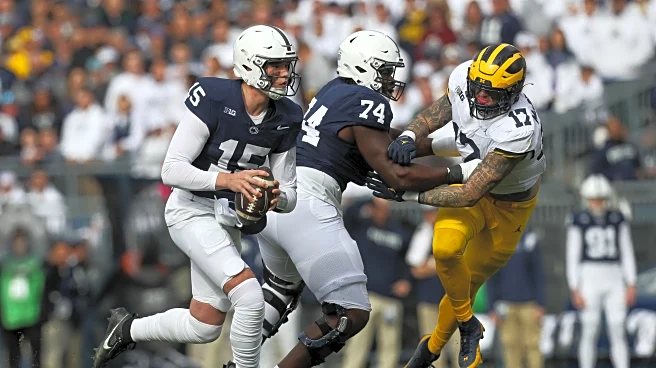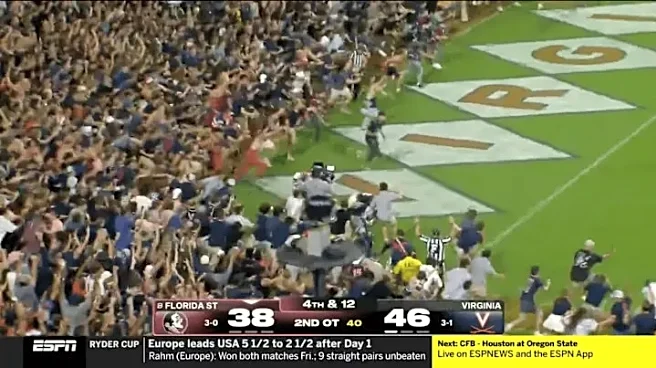When I sat down to make this video, the big question I had was: where the hell are we going in college sports? The spark came from a recent report that the Big Ten is seeking $2 billion in private capital.
Now, this isn’t equity—they’re not selling pieces of themselves to private investors—but it is a massive upfront cash infusion. And my immediate reaction was: what do you need with $2 billion?
As a Nebraska fan, I look at our athletic department as one of the most fiscally responsible in the country. We’ve had plenty of failures with coaches and athletic directors, but at least we’ve managed our money well. Other Big Ten schools can’t say the same—Illinois and UCLA both carry heavy debt, and others are in financial trouble. To me, this whole $2 billion thing feels like athletic departments panicking because they don’t know how to operate like real businesses.
The House settlement changed the game by requiring schools to carve out around $20 million a year to pay athletes. I support this—players do the work, take the hits, and deserve their share. But the nonprofit model athletic departments have always relied on doesn’t fit anymore. Instead of adjusting budgets like a business would, cutting costs, or reigning in spending on Taj Mahal facilities, these departments are looking for a payday loan. That’s all this really is.
The deal would extend the Big Ten’s grant of rights to 2046, essentially locking in media rights decades longer than necessary just to secure this loan. That’s dangerous, short-sighted, and benefits today’s administrators who won’t even be around when the bill comes due. Sports media rights will be worth much more in six to eight years when the current deals expire. Why tie ourselves to a bad bargain just because some schools can’t balance their books?
I also think we need to learn from the NFL. Pete Rozelle transformed that league by moving TV negotiations from individual teams to the league level and mandating equal revenue sharing. That decision preserved franchises like Green Bay and built the NFL into the powerhouse it is today. The Big Ten should follow that model—negotiate together, share equally. If Michigan and Ohio State insist on bigger slices of the pie, I’d refuse as Nebraska’s AD. Protecting competitive balance and conference stability is far more important.
There is one small part of this that makes sense: pooling apparel contracts. Right now, schools negotiate individually with Nike, Adidas, or Under Armour. If the Big Ten approached as one entity, they’d command far more leverage and revenue. That’s smart business. But taking on private capital just to cover immediate gaps isn’t.
At the end of the day, I worry about where we’re heading. Between NIL, the transfer portal, and these financial gimmicks, we’re losing attachment to players and to the sport itself. Administrators are acting like my own IT generation—building systems that they’ll never live with long enough to see fail. College sports deserves better stewardship.

